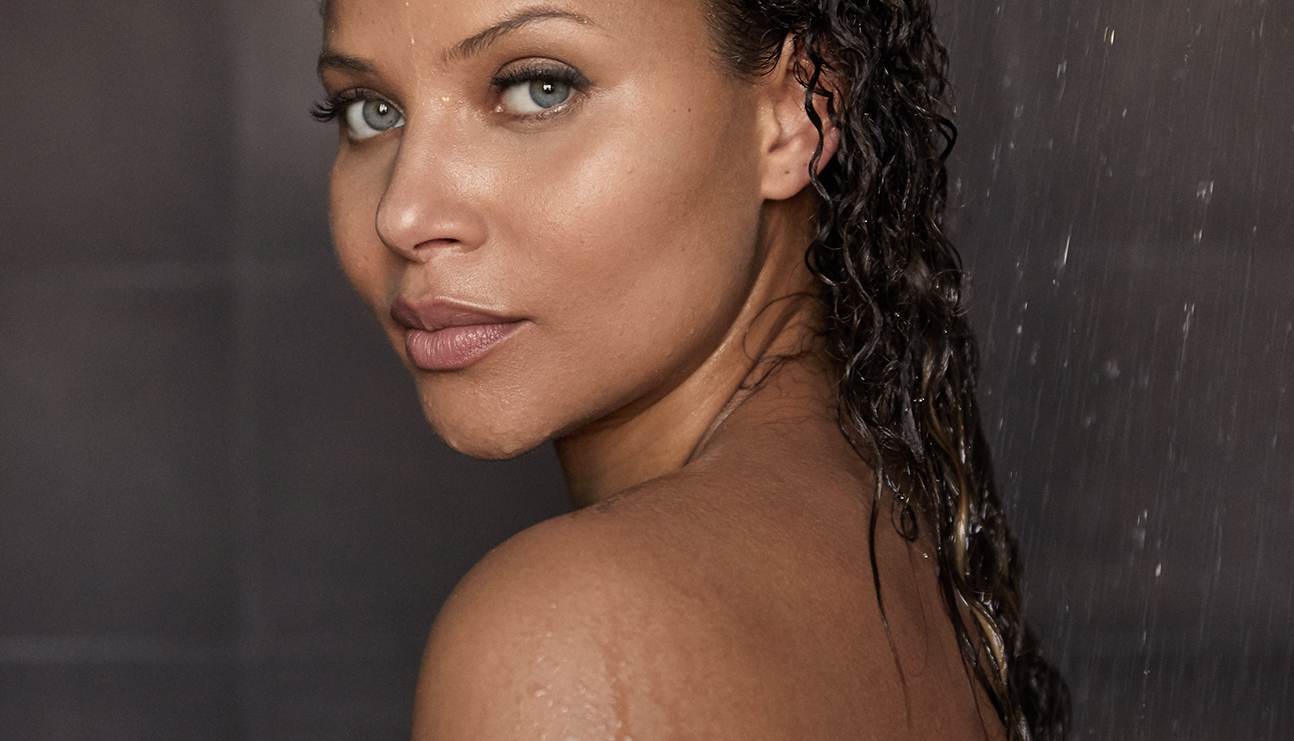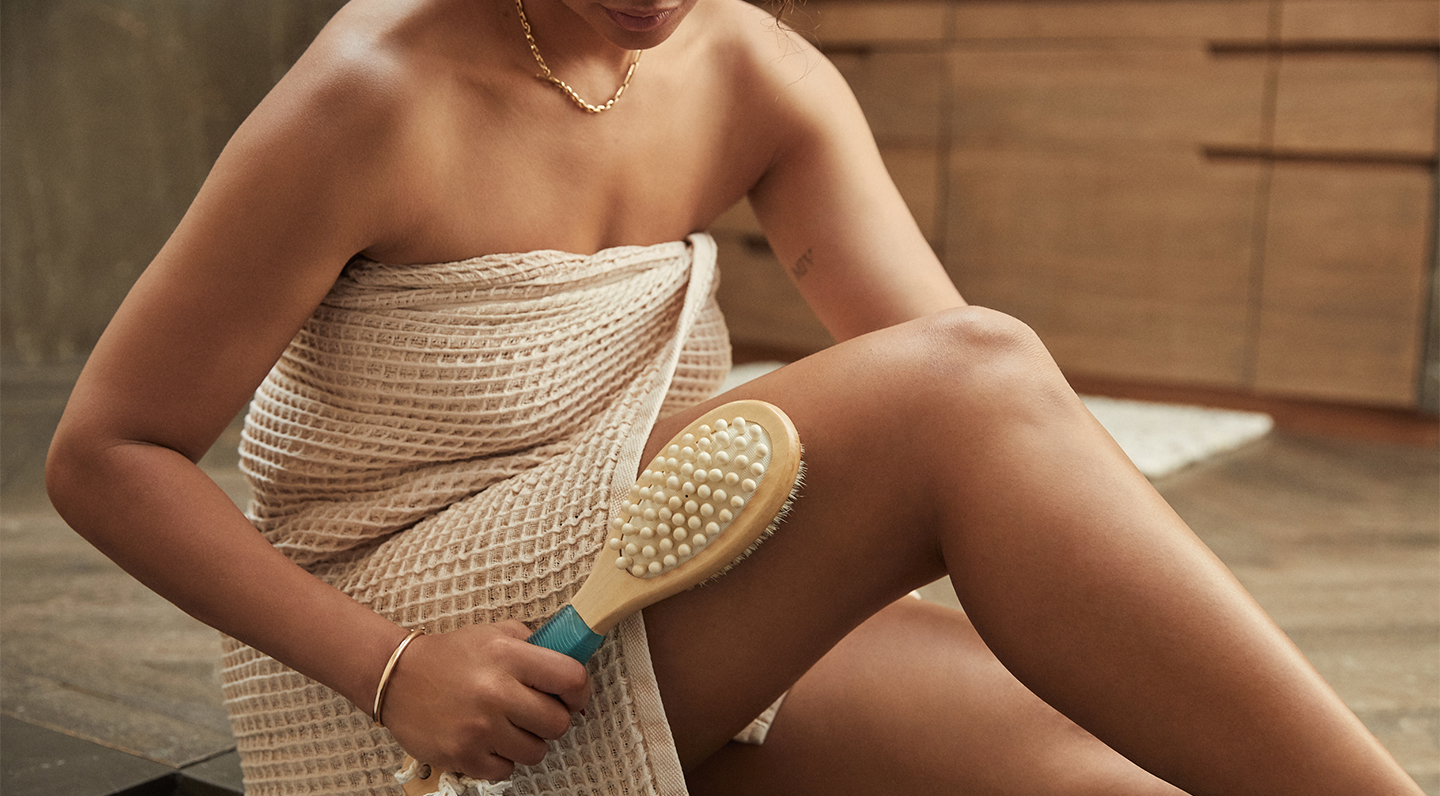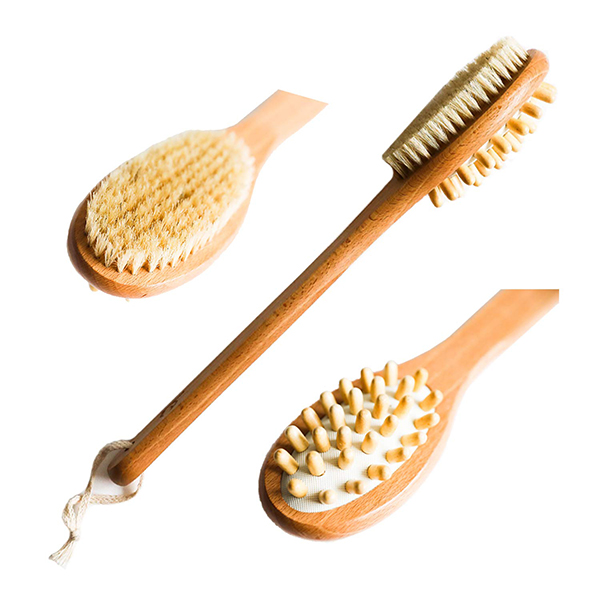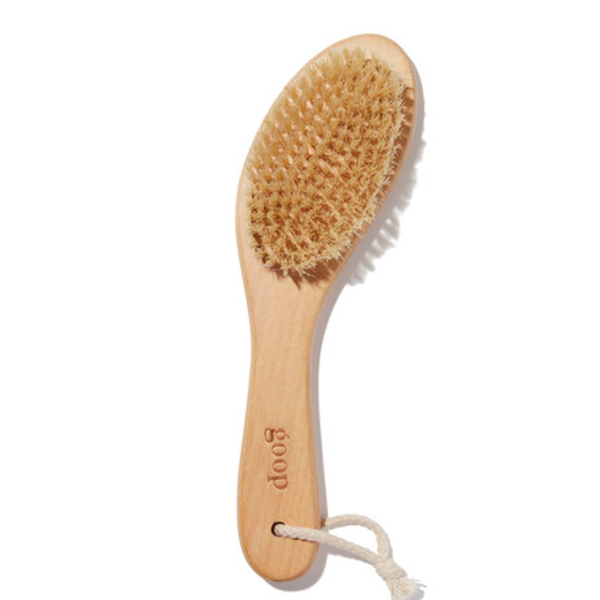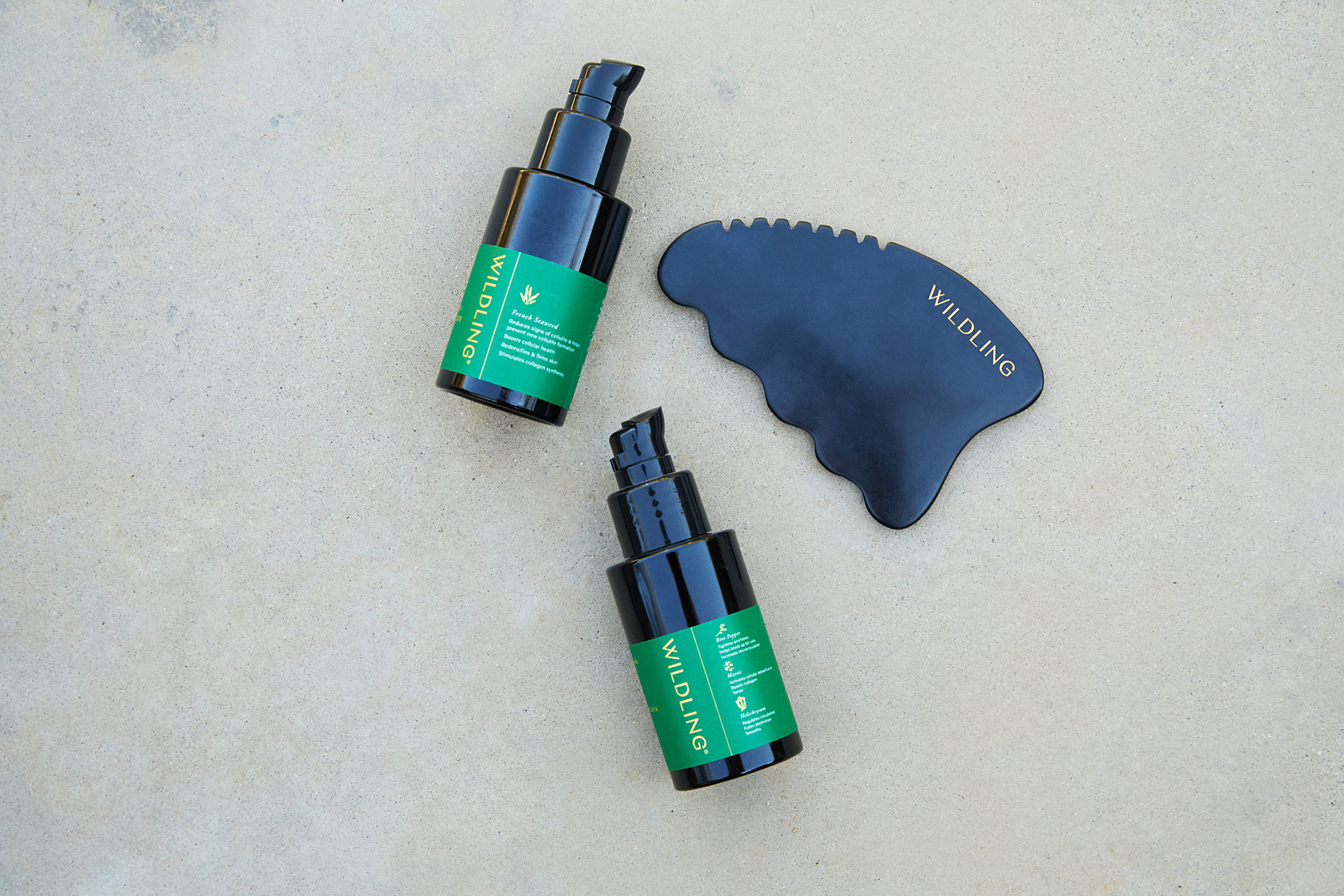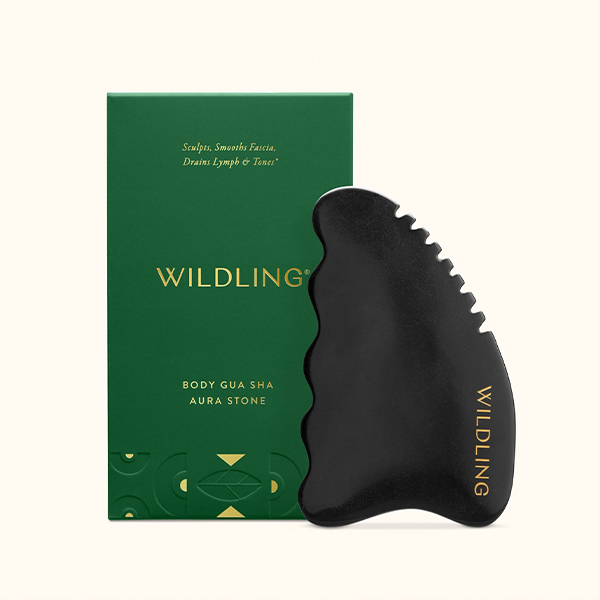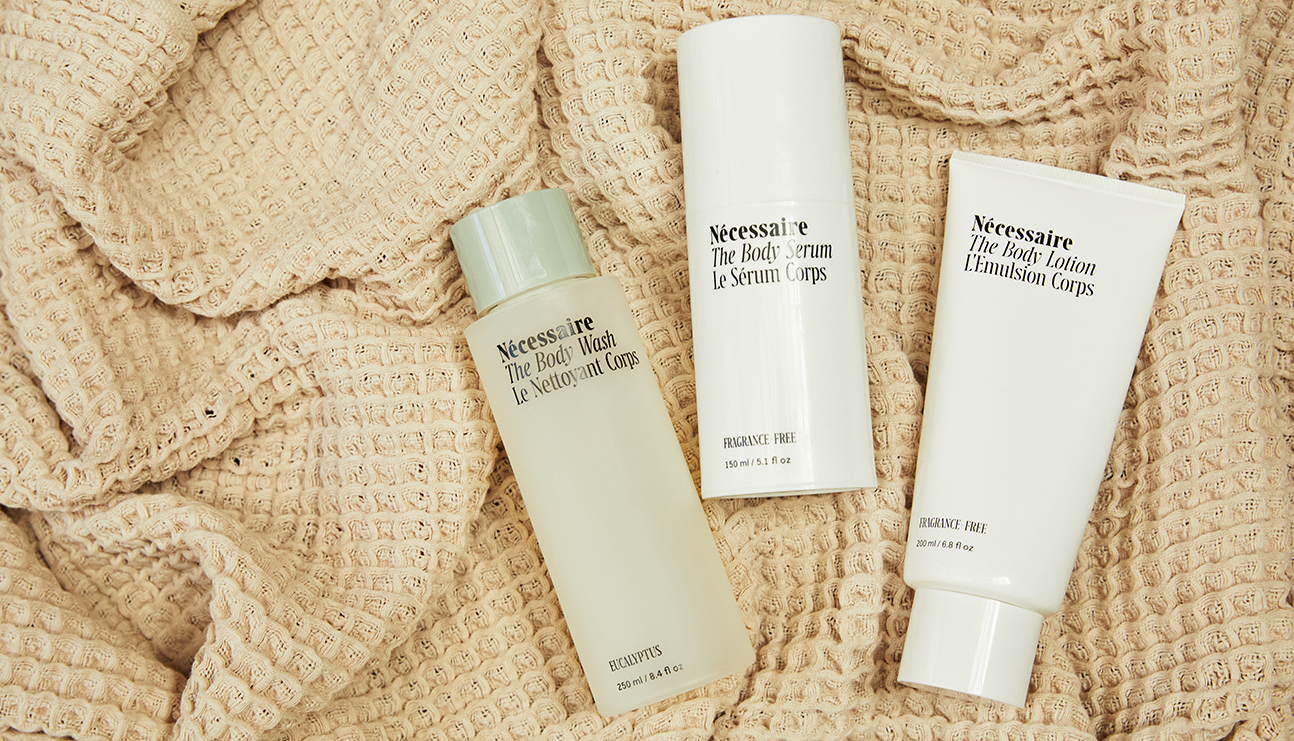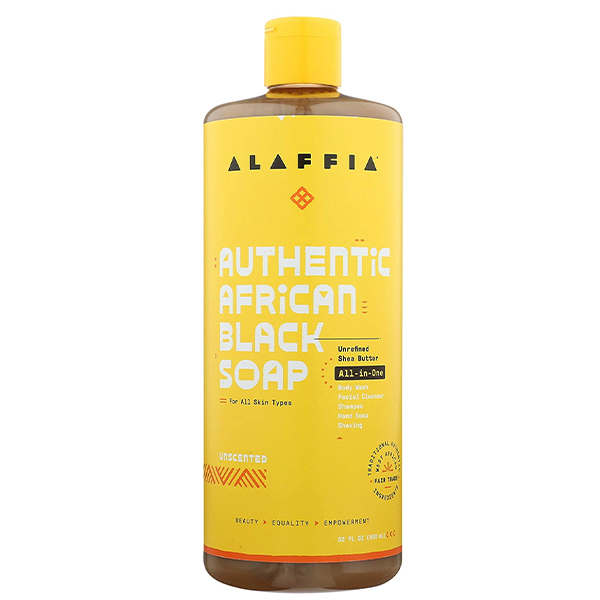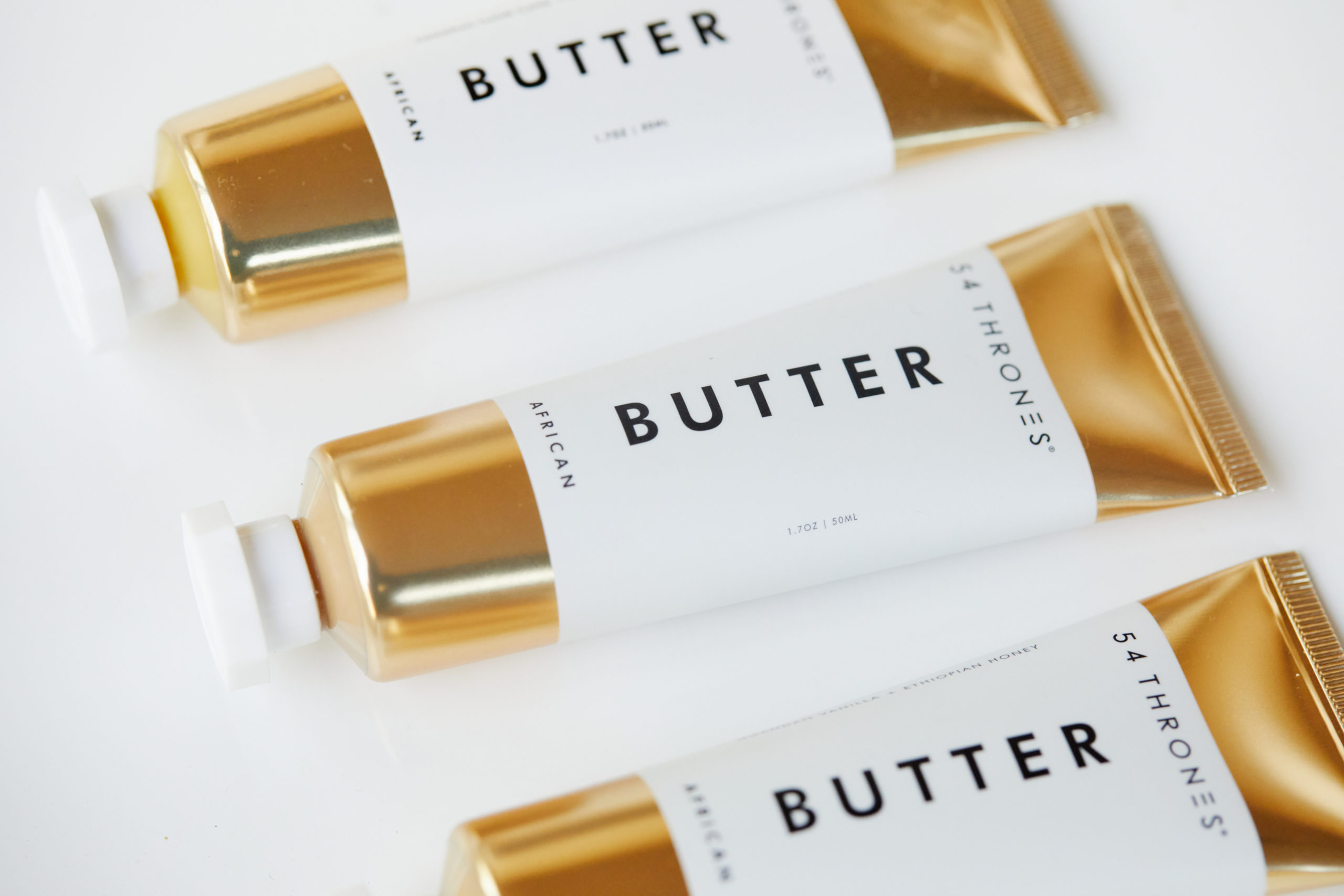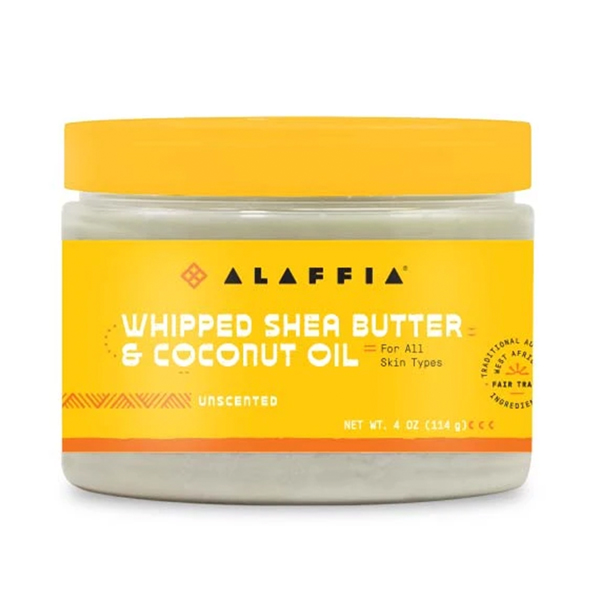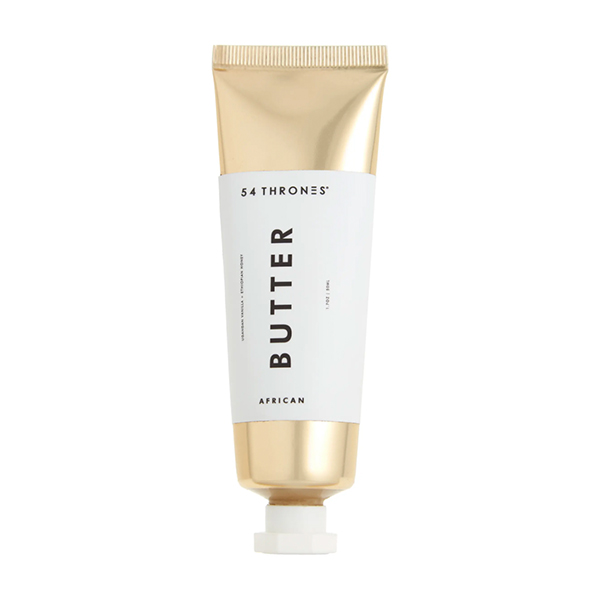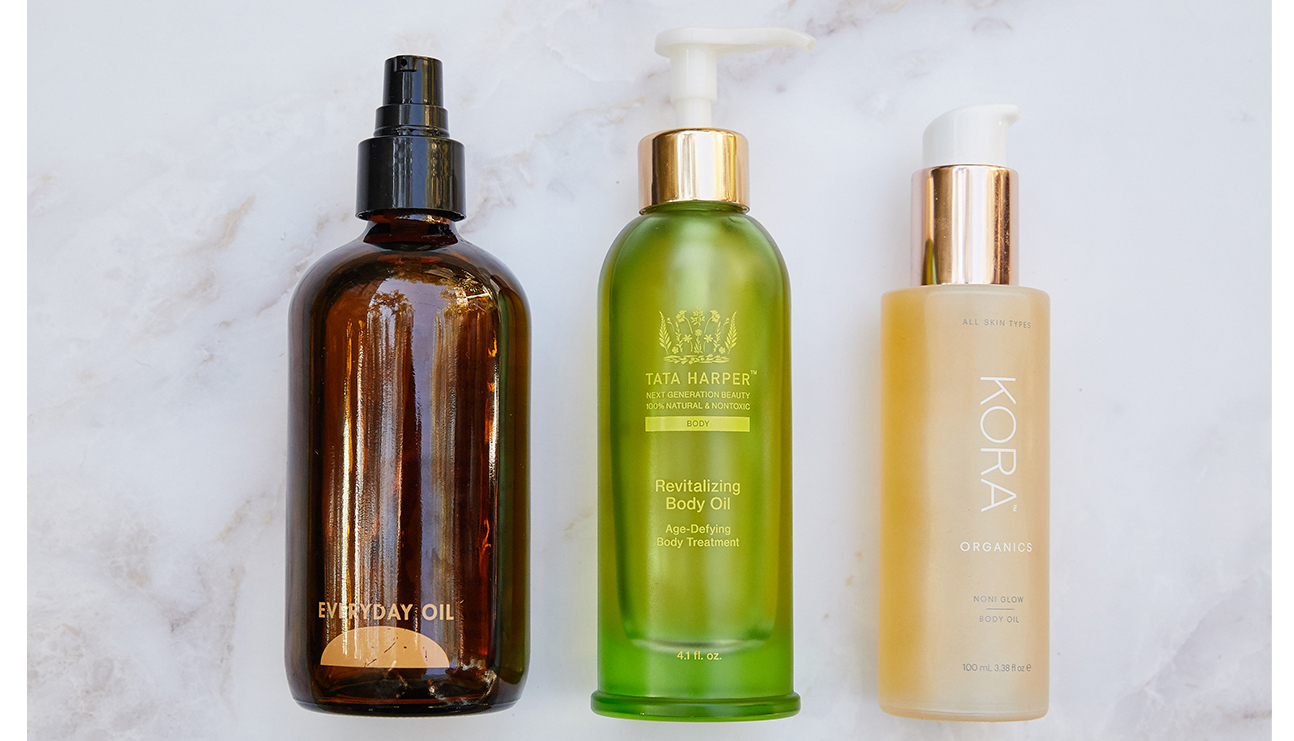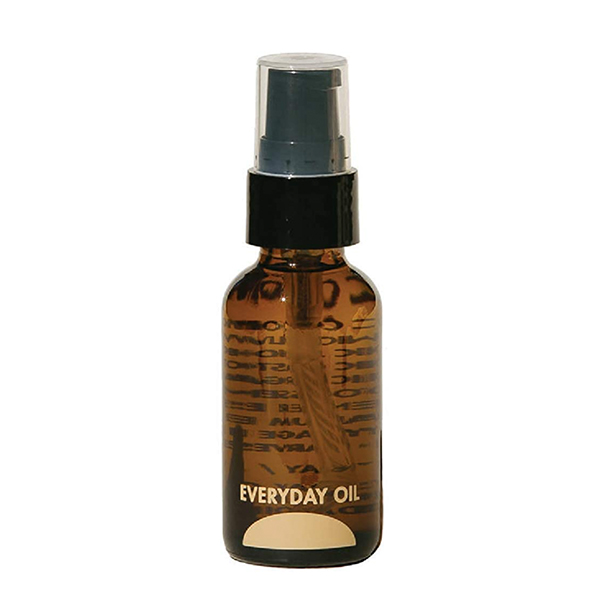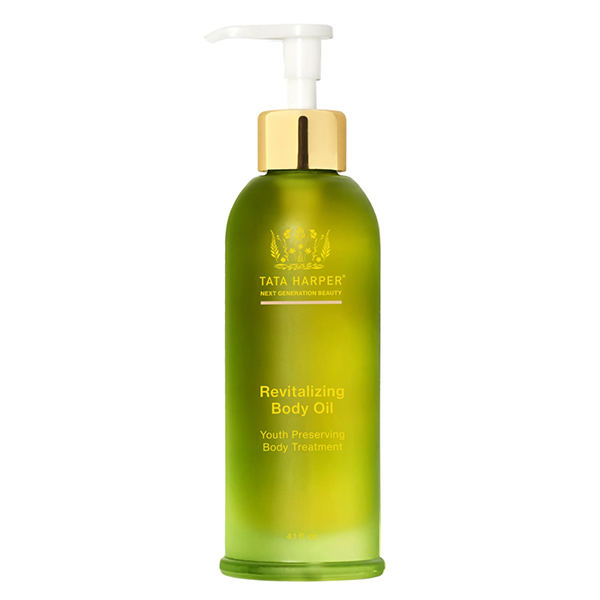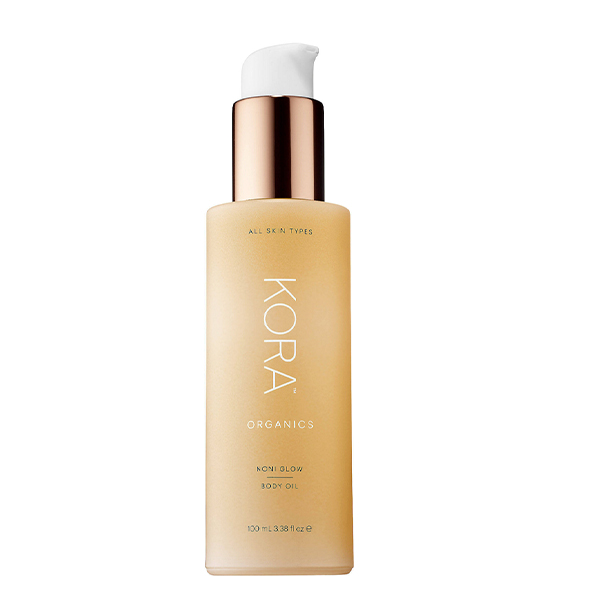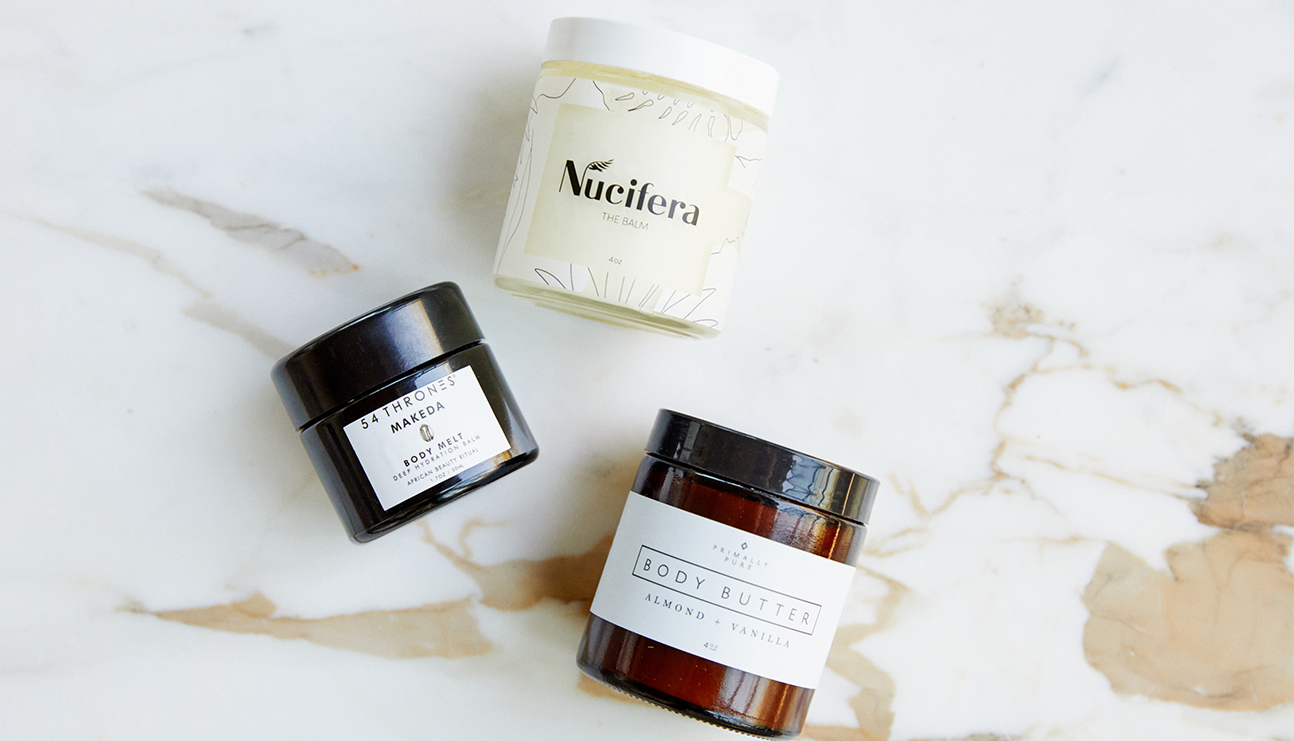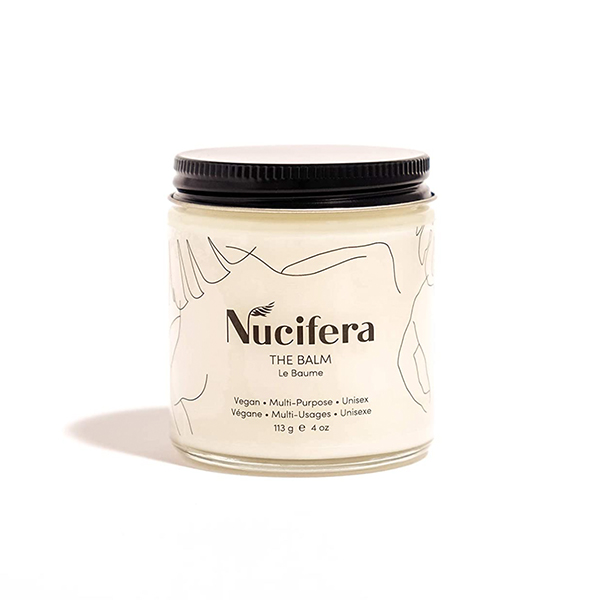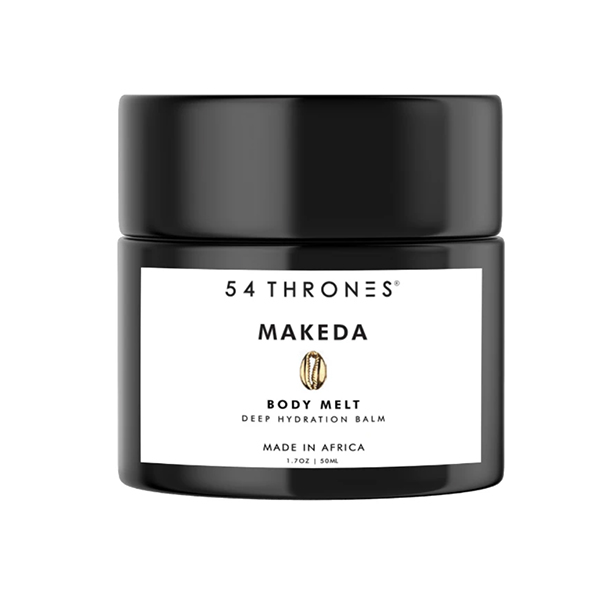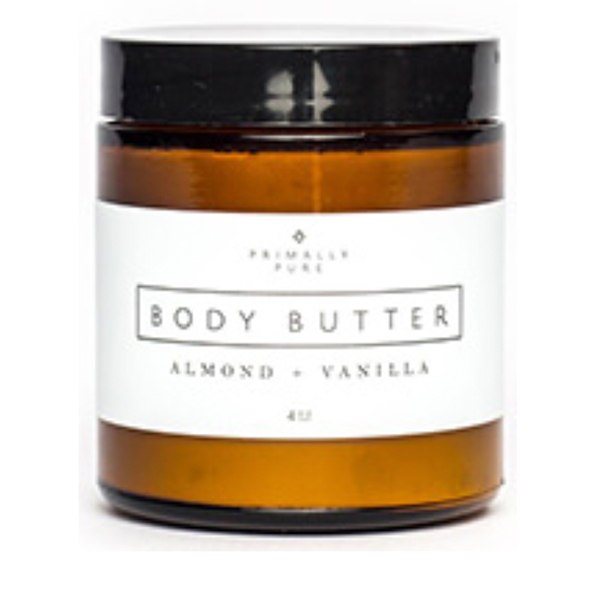How to Prevent and Treat Dry Winter Skin
Denise Vasi
When we talk about skincare, the focus is usually on facial skin, but your body’s skin matters too—especially in the winter when it’s prone to feeling dry, itchy, and irritated. Dry winter skin is no joke. If your skin acts up in the winter, you can blame the lack of humidity. Both indoor and outdoor air are dry, and the water content of your skin is directly linked to the water content in the air. High humidity leaves your skin naturally hydrated, while low humidity leaves you feeling parched.
The key to fighting winter dryness is to create a barrier on the outside of your skin to keep moisture from escaping. Your body has its own barrier, but it’s not always enough, especially when there’s a lack of humidity in the air. (Sidenote: This is why long, hot showers, scrubbing, and stripping cleaners are so bad for your skin—they remove that natural barrier and leave your skin more susceptible to drying out.) You first need to hydrate the deeper layers of your skin, then seal in this moisture with a protective barrier that fills in the gaps between the cells of the epidermis, the scientific name for the outermost layer of skin.
Steps to Prevent & Treat Dry Winter Skin
My secret to preventing dry winter skin is repeating these steps below, consistently! You have to have a routine and keep up with it—even if you’re already juggling a facial skincare routine for winter, a haircare routine, your kiddo’s bedtime routine, etc. I like to think of taking care of my body’s skin as a self-care ritual. Treat yourself to products that you enjoy using and carve out that time every day to take care of yourself. Don’t think of this as an indulgence; when you approach self-care with that kind of attitude, it makes it easy to skip when times get hectic.
Dry Brushing
If you haven’t read my tutorial on dry brushing, go and do that now! It’s important to do it right—don’t scrub your skin hard, or you’ll remove that helpful natural barrier we discussed above. The goal of dry brushing is to boost your circulation and (gently) remove any dead skin. Do this just before stepping into the shower.







Body Gua Sha
You all know how I feel about gua sha, and I was so excited to try this modern take on the ancient original—it’s designed to be used on the body after dry brushing. It stimulates lymph flow, relaxes tense muscles, and smooths dimpled skin. It has a comb side that boosts collagen production; collagen is known to improve skin hydration, which makes this ideal for incorporating into a winter skin ritual.







Moisturizing Body Wash
A lot of people focus on what happens after they shower when it comes to treating dry winter skin, but you need to hydrate the deeper layers of your skin before you moisturize and the shower is when you accomplish that. Take a warm—not hot—shower and use a rich body wash that cleans your skin without stripping away that all-important moisture barrier. I love Nécessaire body wash because it’s packed with vitamins and it feels and smells amazing. (I’ve even caught my husband using it!)
African Black Soap is a staple in our home. It’s clean, affordable, easy to find, incredibly hydrating and my brand choice, Alaffia, is black-owned and gives back! The Alaffia Foundation is committed to creating Fair Trade, equal opportunity jobs in African communities.







Body Lotion, Cream or Butter
After you get out of the shower, lightly pat your body with a towel—leave your skin slightly damp. Don’t rub your skin or you’ll end up disrupting the moisture barrier! (Yes, are you sensing a theme here? We’re alllll about that moisture barrier.) Then, immediately apply a body lotion, cream, or butter. This is so important. You need to seal the moisture into your skin while it’s still damp.
Lotions have a higher water content, so they’re thinner and tend to absorb faster. A body cream usually has a ratio of half water to half oil. A body butter is the thickest option of the three because it’s mostly made with plant-based oils, making it the best for seriously dry skin.
So which do you use? If you’re in prevention mode and your skin isn’t currently dry or if you live in a mild climate, a lotion should do the trick (here’s one that I use regularly. I also love this affordable whipped butter and I keep this one on my desk). If your skin is feeling dry or you live someplace with harsh winters, opt for a cream. Body butters can be used for skin that is in dire need of hydration or as a spot treatment for elbows, knees, and other areas of your body that have patches of dry skin.
Your morning body skincare ritual is complete after this step. You can reapply additional body moisturizer as needed throughout the day, especially after washing your hands.







Body Oils
At night, I apply a body serum and then a body oil. My go-to is Nécessaire Body Serum, which I love because it contains hyaluronic acid. Hyaluronic acid is actually a substance naturally produced by your body, but when used topically, it can soothe the skin by keeping it well-hydrated and supple. It has anti-aging properties and in winter, it’s essential for enhancing that natural skin barrier I keep mentioning again and again. (Are you tired of hearing about it yet?!)
Body oils really penetrate the skin, making them perfect for nighttime—you can slather oil all over your body and not worry about it getting everywhere. You can also easily make your own body oil by combining an organic carrier oil like argan, avocado, or jojoba oil with a few drops of essential oils. Some good picks for dry skin include chamomile, lavender, rose absolute, and jasmine, all of which are soothing scents to help you drift off to sleep. If you’re not opposed to strong smells, sandalwood, frankincense, and patchouli are also known for their skin-healing properties.







Balms
If your feet get dry too, try rubbing them with a body balm, then putting a pair of cozy socks over them to keep that moisture locked in. Balms are excellent for treating and repairing damaged skin like cracked heels, because they are more concentrated and have a denser consistency. Do this all winter long, and your feet will be sandal-ready by the time spring rolls around!







Taking a Whole-Body Approach to Winter Skin Prevention
The tips above focus on skincare, but staying well-hydrated is also essential when it comes to preventing dry winter skin.
One of the best steps you can take for your skin—and for your overall health—this winter is to invest in a good humidifier. Not only do humidifiers add moisture to the air to keep your skin from drying out, they also prevent sinus issues and sore throats, and alleviate cold and flu symptoms. A central humidifier, which connects with your house’s heater, is fabulous, but adding one to each room in the house that you spend time in works too.
Be sure to stay hydrated from within too. If you have trouble getting the water you need each day, try our #MaedChallenge and incorporate more hydrating foods into your diet. If the idea of drinking cold water all day doesn’t sound appealing in the winter, try sipping herbal teas instead—just skip regular teas because the caffeine acts as a diuretic, which is the opposite of what you need right now!
If these tips don’t help with your dry winter skin, you may need to consult with your dermatologist or aesthetician. Dry air can exacerbate eczema and other skin conditions, but a professional can recommend other products to alleviate your symptoms and restore balance.


